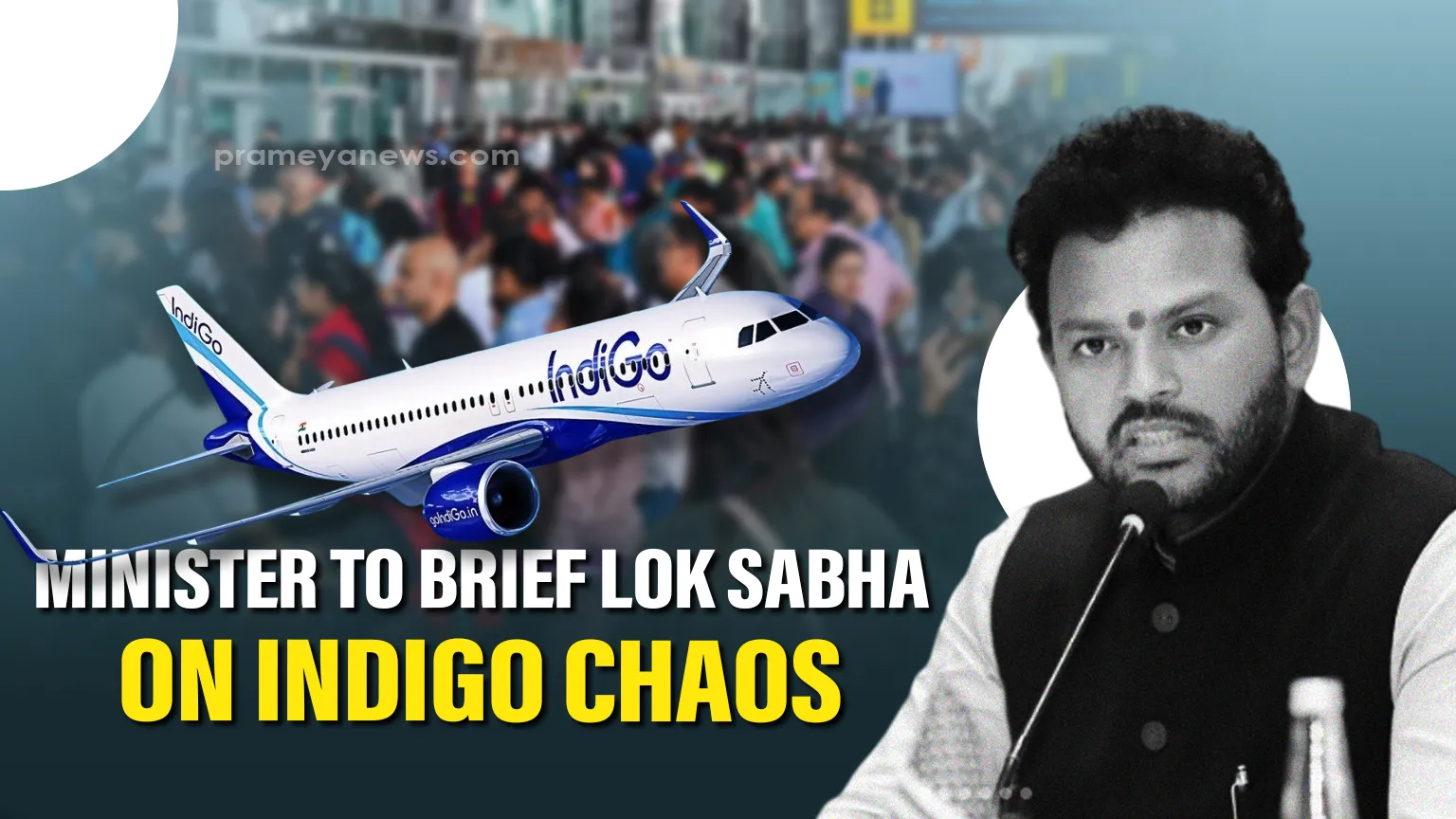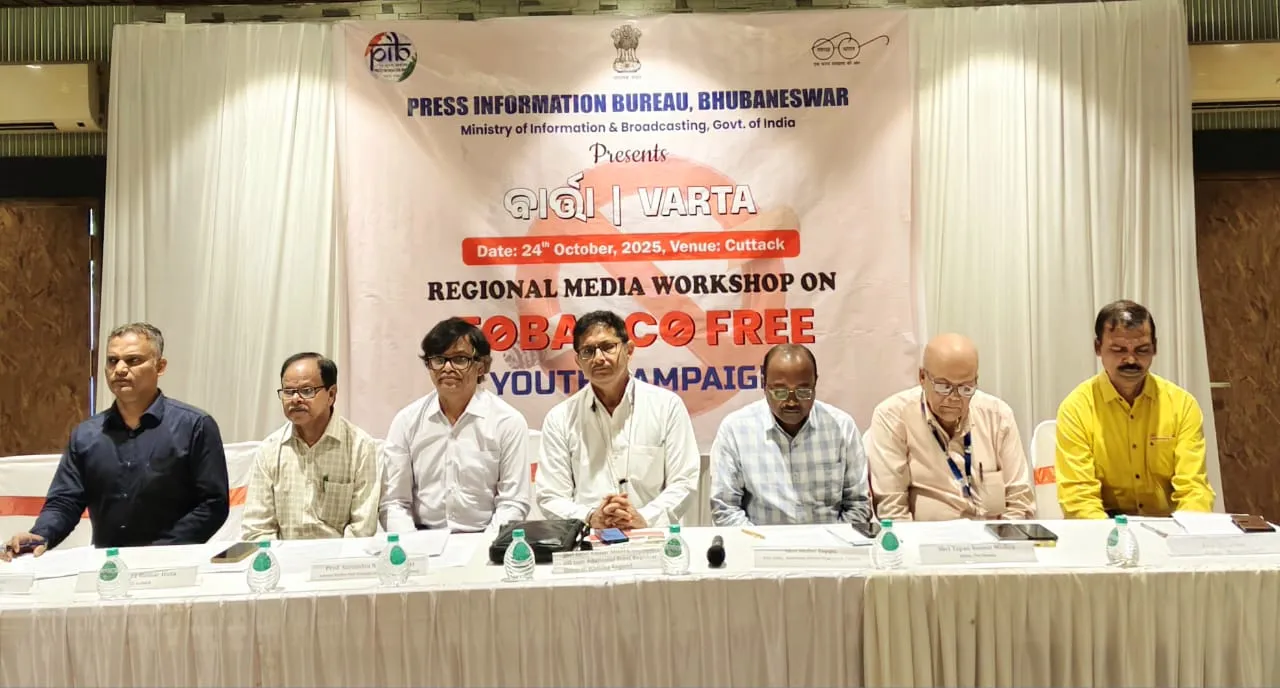

Experts Urge Grassroots Campaign to Create Tobacco-Free Youth
India's youth are facing a severe health crisis due to widespread tobacco addiction, prompting a call for stricter laws and extensive public awareness campaigns. At a media workshop in Cuttack, experts and officials highlighted the alarming physical and mental harm caused by tobacco, especially when addiction begins during adolescence. The event, titled 'Vartta', was organized by the Press Information Bureau (PIB) as part of the third phase of its 'Tobacco-Free Youth' campaign.
Akhil Kumar Mishra, the Additional Director General of PIB, stressed the urgent need for a multi-pronged approach to create a tobacco-free society. He pointed to the media, particularly social media platforms, as having a critical role in educating the public about the dangers of tobacco. Mr. Mishra also emphasized that awareness efforts must penetrate rural and grassroots levels to be truly effective.
The Sobering Health Statistics
The grim reality of the epidemic was detailed by Dr. Surendra Nath Senapati, a professor at Cuttack's Acharya Harihar Post Graduate Institute of Cancer. He presented stark data showing that tobacco is a "silent killer" responsible for one death every 26 seconds globally.
In India, approximately 1.46 million new cancer cases are diagnosed annually, with 20% of them directly linked to tobacco use. The situation in Odisha is even more dire. Studies reveal that 30% of the state's 52,960 annual cancer patients suffer from tobacco-related cancers. Dr. Senapati expressed deep concern that 10% of these patients become addicted during their teenage years. He strongly advocated for the effective implementation of de-addiction laws and the establishment of new de-addiction centers at both district and community health facilities.
Targeting Early Addiction and Social Influences
The challenge of early-age addiction was a central theme. Cuttack's Chief District Medical Officer, Dr. Prashant Kumar Hota, noted that children as young as 10 to 15 are falling prey to tobacco due to peer pressure. He stated that achieving the dream of a 'Developed India' requires building a 'Tobacco-Free India'.
Dr. Hota also criticized the powerful and negative influence of celebrities and media portrayals that promote tobacco products, which significantly impacts young minds. He called on the media to play a more responsible role through "information, education, and awareness." He and other speakers also urged the expansion of the 'Nishamukti Abhiyan' (De-addiction Campaign) that began on October 2nd.
Call for Collective Social Responsibility
Speakers agreed that legal enforcement alone is insufficient. Cuttack Additional Collector Shiba Topo remarked that while the government is enacting strict laws, the media's partnership is essential to publicize these measures and their benefits.
Senior journalist Tapan Kumar Mishra provided a social perspective, explaining from personal experience that addiction often has deep social and cultural roots. He concluded that de-addiction is not just a medical challenge but a "collective social responsibility." The workshop, which included a de-addiction pledge and powerful testimonials from former addicts, concluded with a unified call for media, government, and civil society to collaborate to protect the nation's youth.